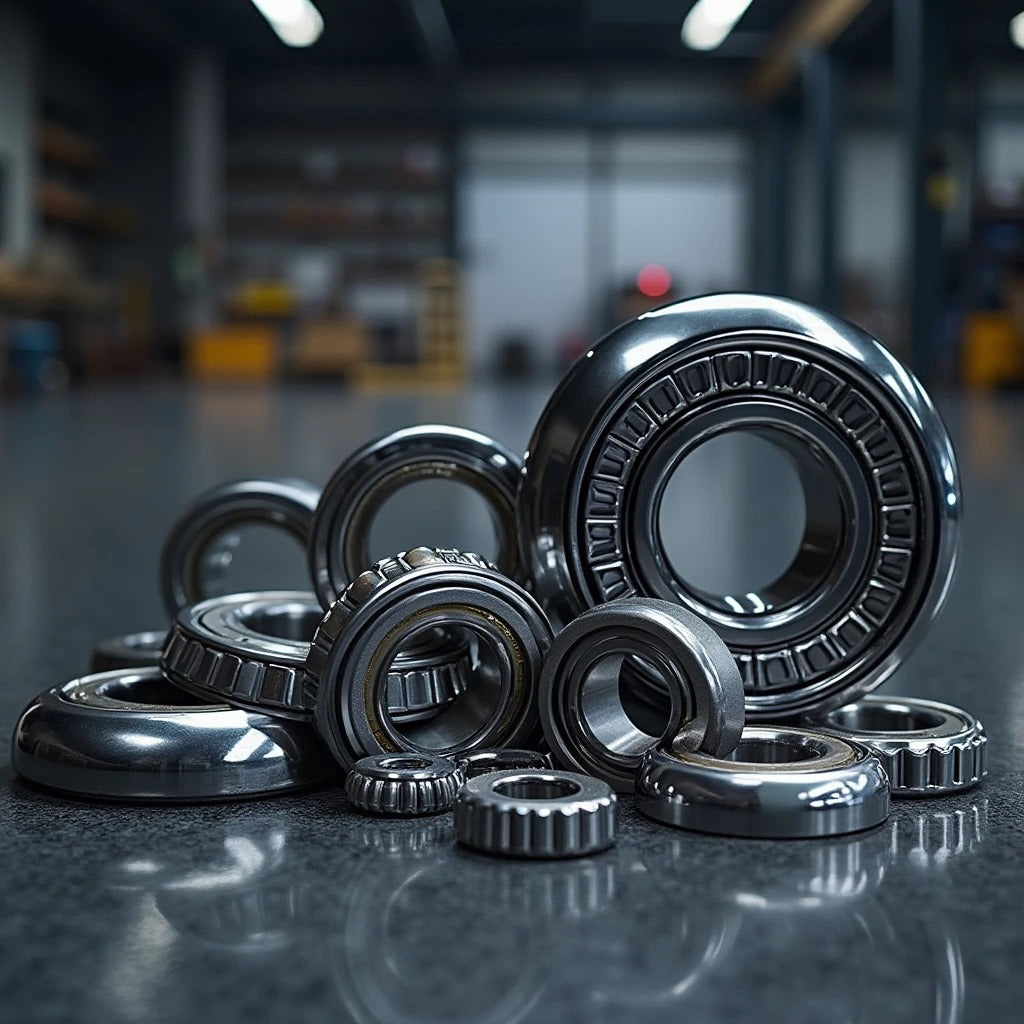How to perform technical analysis of bearings?
Performing a technical analysis of bearings involves several key steps to assess their performance, suitability, and condition. Here’s a structured approach:
1. Gather Specifications
- Type: Identify the type of bearing (e.g., ball, roller, thrust).
- Dimensions: Note inner and outer diameter, width, and tolerances.
- Load Ratings: Obtain dynamic and static load ratings.
2. Material Analysis
- Material Composition: Analyze the material used (steel, ceramic, etc.) for suitability in the application.
- Heat Treatment: Check for any treatments that enhance wear resistance or strength.
3. Lubrication Assessment
- Type of Lubrication: Determine whether grease, oil, or a sealed design is used.
- Lubrication Interval: Review recommended intervals for relubrication if applicable.
4. Operational Conditions
- Environment: Assess the operating environment (temperature, humidity, contaminants).
- Speed and Load: Evaluate typical operational speeds and loads against bearing ratings.
5.Performance Testing
- Vibration Analysis: Use vibration analysis tools to detect misalignment, imbalance, or wear.
- Noise Measurement: Measure noise levels during operation to identify potential issues.
6. Visual Inspection
- Condition Check: Inspect for signs of wear, corrosion, or damage (e.g., pitting, cracking).
- Alignment Check: Ensure proper alignment with other components.
7. Wear Analysis
- Wear Patterns: Analyze wear patterns to understand operational stress and potential failure modes.
- Failure Analysis: Investigate any failures to identify root causes (e.g., lubrication failure, overload).
8. Simulation and Modeling
- Finite Element Analysis (FEA): Use FEA to model stress and strain under operational conditions.
- Dynamic Analysis: Simulate motion to assess performance under varying loads and speeds.
9. Review Manufacturer Documentation
- Datasheets: Consult technical datasheets for performance characteristics.
- Installation Guidelines: Ensure installation and maintenance practices are followed.
10. Reporting
- Document Findings: Compile data, analysis results, and recommendations for action.
- Decision Making: Use the analysis to inform decisions on maintenance, replacement, or redesign.
By following these steps, you can perform a comprehensive technical analysis of bearings to ensure optimal performance and longevity in your applications.



